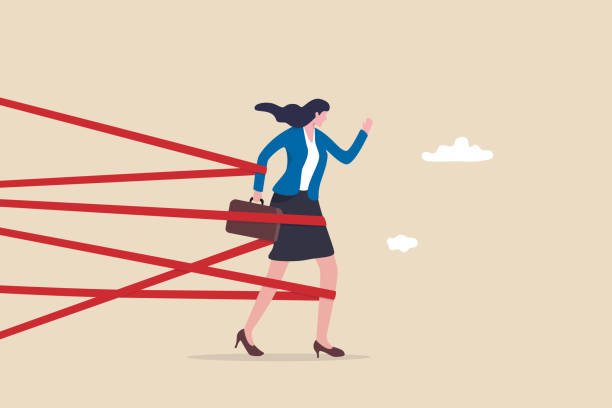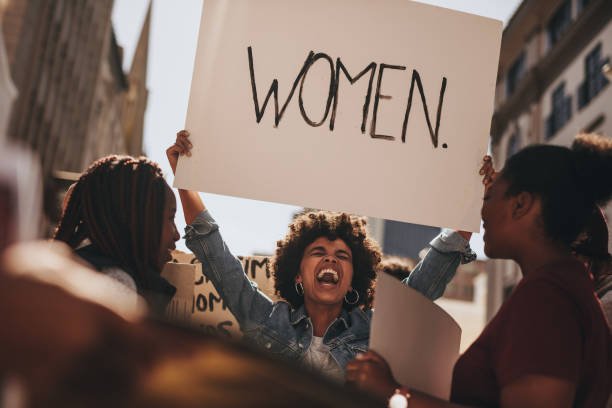On this page, we differentiate between discrimination and gender inequality.
Understanding the distinction between discrimination and gender inequality is crucial for addressing the social injustices that pervade many aspects of society.
Differentiating Between Discrimination and Gender Inequality
While both terms are related and often intersect, they refer to different phenomena:
Here’s a table differentiating between discrimination and gender inequality, outlining their definitions, causes, effects, and examples, particularly in a general context:
| Aspect | Discrimination | Gender Inequality |
|---|---|---|
| Definition | Discrimination refers to the unjust or prejudicial treatment of different categories of people, especially on the grounds of race, age, or sex. | Gender inequality is a social process by which people are treated unequally because of their gender, often resulting in disparities in power, rights, and opportunities. |
| Causes | – Prejudices and stereotypes – Ignorance or lack of awareness – Historical and cultural norms | – Societal norms and cultural traditions – Historical power imbalances between gender – Lack of legal protections for equal rights |
| Effects | – Marginalization of certain groups<br>- Limited access to jobs, education, and resources – Psychological impact, including low self-esteem | – Wage gaps between genders – Unequal representation in political and corporate leadership roles – Disparities in education and health care |
| Examples | – A company refusing to hire women for certain jobs, assuming they are less capable. – Harassment of individuals based on sexual orientation. | – In many societies, men earning more than women for the same job. – Fewer women in positions of political power or corporate leadership compared to men. |
This table provides a clear differentiation between the concepts of discrimination and gender inequality, highlighting their unique characteristics and impacts.
Discrimination
Discrimination refers to the unfair or prejudicial treatment of individuals based on certain characteristics, such as race, age, sex, gender identity, sexual orientation, disability, religion, or nationality. It’s an action or a series of actions that can be direct or indirect, intentional or unintentional. Discrimination can manifest in various areas of life, including employment, education, healthcare, and within the legal system. It encompasses both individual behaviors and institutional practices that disadvantage specific groups or individuals.
- Example in South African Context: Refusing to hire a woman for a job she is qualified for solely because of her gender, or paying her less than a male colleague for the same work, is a form of discrimination.
Gender Inequality
Gender inequality, on the other hand, refers to the systemic differences in power, opportunities, and status between individuals based on their gender. It’s a broader concept that includes societal norms, attitudes, and structures that perpetuate the unequal treatment of genders. Gender inequality can lead to disparities in income, education, political representation, and health outcomes among men, women, and gender-diverse individuals. It’s rooted in historical power imbalances and is maintained by cultural norms and institutional practices.
- Example in South African Context: The underrepresentation of women in leadership positions within corporate and political spheres reflects gender inequality, highlighting systemic barriers to women’s advancement.
Key Differences
- Scope: Discrimination is an act that can be observed and addressed on a case-by-case basis, whereas gender inequality is a widespread and entrenched condition affecting many aspects of society.
- Intentionality: Discrimination can be intentional or unintentional and involves specific actions against individuals or groups. Gender inequality may not always stem from deliberate actions but from longstanding societal norms and structures.
- Manifestation: Discrimination manifests through direct actions that disadvantage individuals, while gender inequality is reflected in systemic disparities that affect groups based on gender.
- Solutions: Addressing discrimination might involve legal actions, policy changes, or targeted interventions to prevent unfair treatment. Tackling gender inequality requires broader societal changes, including shifting cultural norms, implementing equitable policies, and promoting gender diversity and inclusion in all sectors of society.
In the South African context, both discrimination and gender inequality are pressing issues. The country has made strides in creating legal frameworks to address these problems, such as the Constitution of South Africa, which prohibits discrimination, and various policies aimed at promoting gender equality. However, societal attitudes and institutional practices still contribute to ongoing discrimination and gender inequality, demonstrating the need for continued efforts to address these complex issues.






